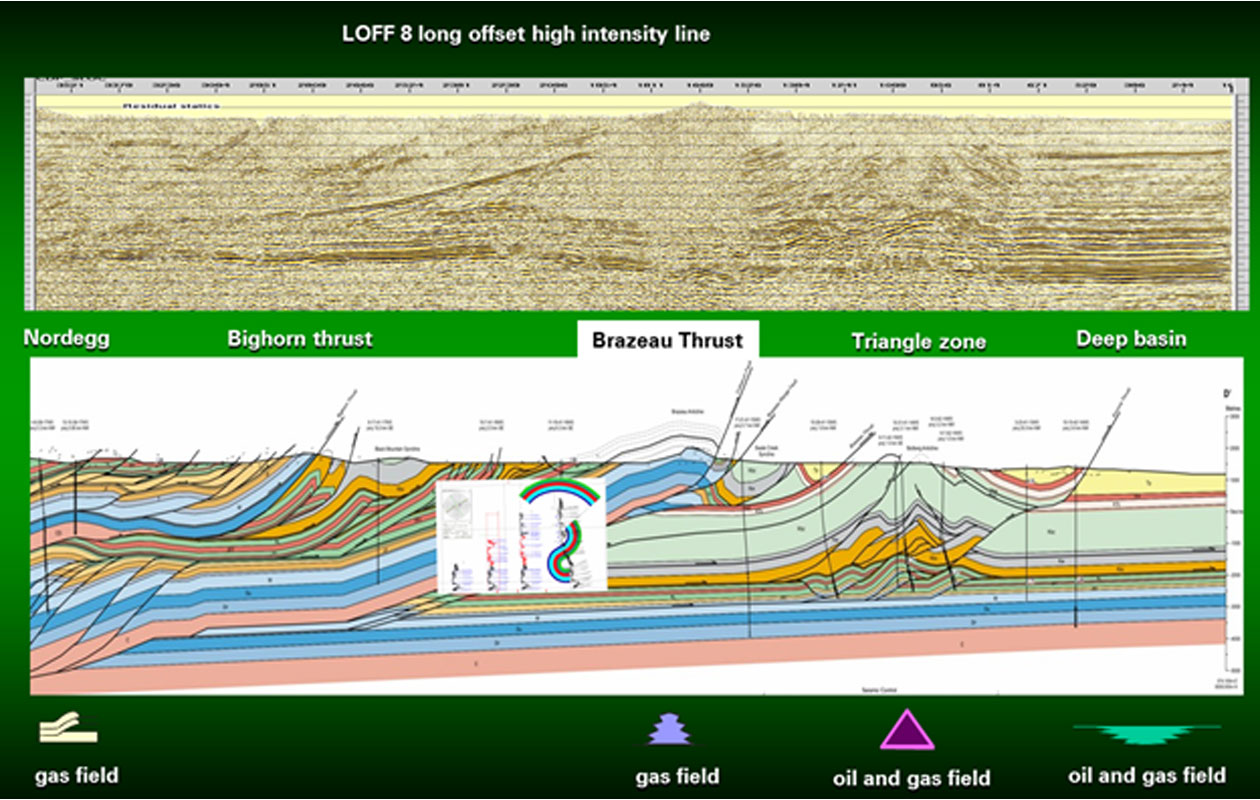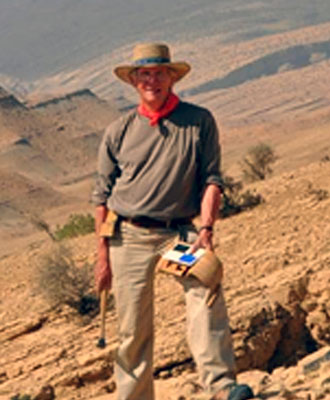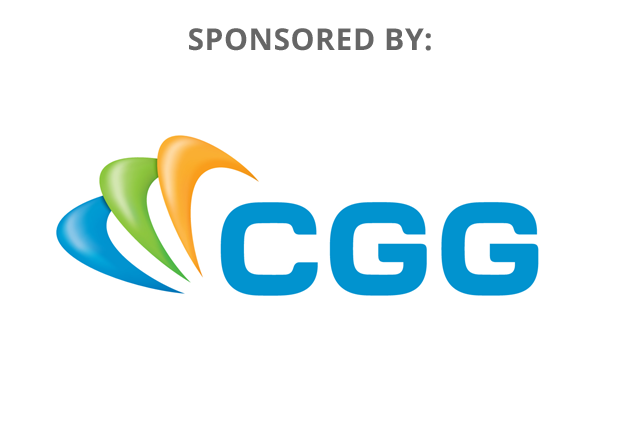Abstract
LOFF8 is part of a unique experimental seismic program that was shot across the Laramide Structures of the Western Canadian Fold and Thrust Belt expressly to evaluate long offset, high intensity acquisition parameters. It is 52 kilometres long and runs NE to SW across the un deformed sediments of the Western Canadian Sedimentary Basin, the triangle zone, the fold and thrust belt up to the front ranges of the Rocky Mountains themselves.
The interpretation presented is integrated with numerous wells with samples, wireline logs and dipmeter data. It is currently in an active area for conventional and unconventional exploration and crosses numerous oil and gas pools.
In this interpretation we will show an example of a steep and overturned fold limbs imaged in the seismic section. The results of the interpretation clearly validates the use of the acquisition parameters and shows a way forward for imaging steep limbs in fold and thrust belts around the world.

Biography
Andrew Newson has 35 years of experience in the geological and geophysical evaluations of overthrust belts. He is a Professional Geological Consultant registered in the province of Alberta and is currently living in Calgary. Andrew graduated in 1972 with a B.Sc. (Hon) in geology from London University, England. Since then he has worked as a structural geologist specializing in the exploration and exploitation of hydrocarbon prospects in overthrust belts around the world.
In 1972 he started work in New Zealand working on the overthrust belt of the Taranaki basin. Later, he moved to Canada to work on seismic crews and field mapping projects in the Foothills of Alberta and British Columbia, Yukon and NWT. Since then he has worked domestically and internationally, to develop his expertise in evaluating these complex deformation styles.
Andrew demonstrates the ability to combine a wide range of data and a broad range of experience in determining analogue structures. This he sees as key to the realistic appraisal of these structures. This approach has led to numerous successes working for a variety of oil and gas companies. These include discoveries in the overthrust belts of the Taranaki basin of New Zealand in 1983 (McKee/ToeToe structure), the Alberta Foothills in 1993 (Moose Mountain) and the BC Foothills in 1991 and 1999 (Sikanni/Pocketknife).
As a consultant for 20 years, Andrew has been involved with numerous projects for clients among the major, independent and junior oil and gas companies. To facilitate this he incorporated Moose Oils Ltd. in 1993. Through Moose Oils Ltd he teaches in-house workshops on fold and thrust play evaluation techniques and regularly leads field trips for industry to the Canadian Rocky Mountains. He is closely involved in developing balanced cross section and dipmeter analysis software packages to assist in the structural interpretation of fold and thrust plays.
Andrew has been a recipient of numerous awards. Among them was the Canadian Association of Petroleum Geologists’ Link Award in 2000 for his talk “Foothills, The Future for Exploration”. His company Moose Oils Ltd has also received an award from NSERC and the Conference board of Canada for its contribution to the Fold-Fault Research Project.
In addition to his consulting, Andrew has contributed to the industry in several professional associations including the CSPG, CSEG, CIM, SEG, AAPG and PESGB. He is a regular speaker at conferences both domestically and internationally and has undertaken numerous roles such as technical editor, and chairperson for the CSPG structural geology group and conference session chairs. Andrew is also a past chairperson for the Douglas Medal Awards Committee.






